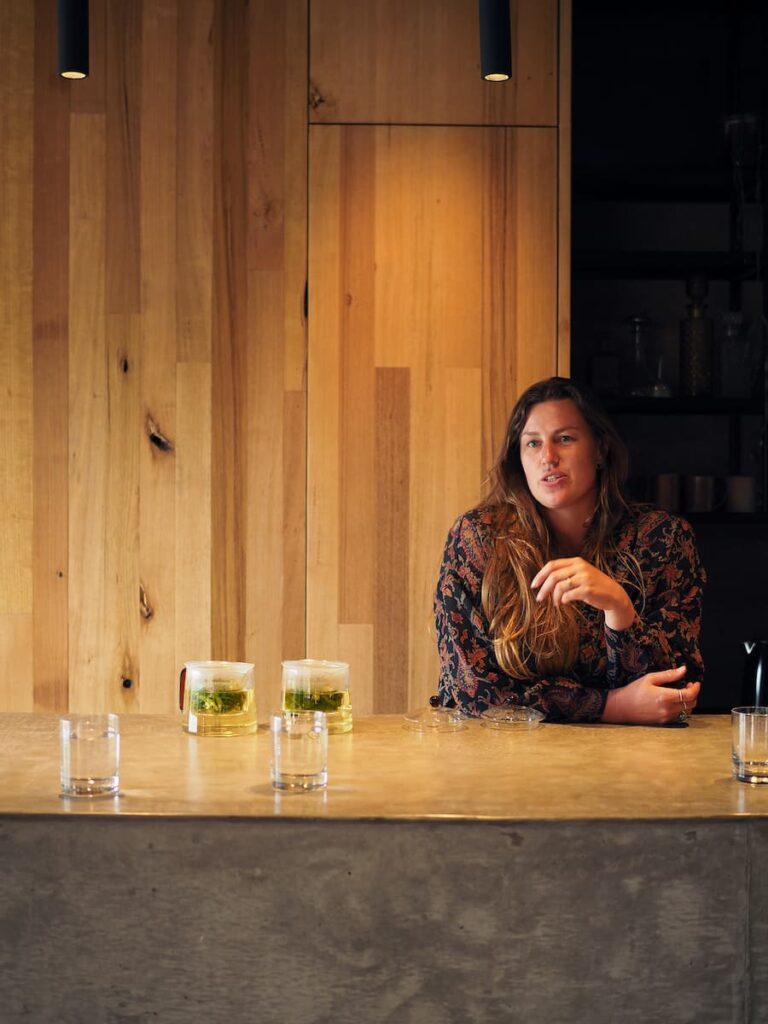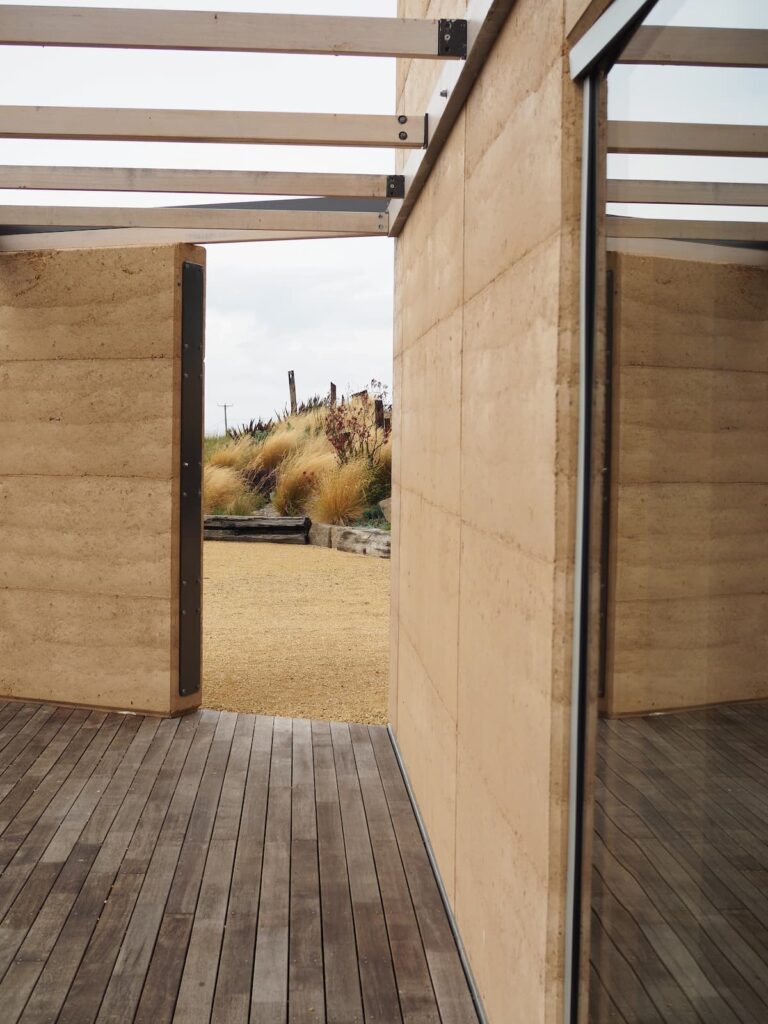Secret Ingredient—Tasmanian Restaurant Surrounded By Kitchen Garden & Orchard
Take one scenic location, add a dynamic hospitality trio and a local, seasonal menu: that's Van Bone, the Tasmanian restaurant that deserves a spot on your must-visit list.
A memorable meal is typically due to the nurture and knowledge of the chef, the associated company and the setting.
And it’s these ingredients that are key to Van Bone restaurant. Three creative and well-travelled Tasmanians have poured their passion, enthusiasm and experience into this establishment overlooking Marion Bay, an hour from Hobart.
Business and life partners Tim Hardy and Laura Stucken have worked at renowned restaurants including Brae and Vasse Felix.
Together with great mate Joe Nalder, a jack of all trades with a background in market gardens and building construction, they have formed a dynamic trio to build a restaurant surrounded by a kitchen garden and orchard. They engaged permaculture consultant Hannah Moloney of Good Life Permaculture to design a landscape that manages and slows the water runoff from the road uphill and the sloping block via culverts and swale feeding onto a small dam on the lower slope on the north face of the property. Hannah has worked with the patterns of the landscape, establishing the veggie patches slightly off contour above the dam. The 12 principles of permaculture have been followed to design the closed-loop food garden to service the restaurant. Importantly, Hannah’s clients embraced the key principle of not setting a deadline and thus allowing the project to evolve. Another principle of ‘integrate not segregate’ in the garden has been carried through to the dining experience. As Hannah notes, “You are sitting at the dining table looking at the garden – to help people make that direct link – where does that food come from?”
Rather than following a standard process of a new building constructed on a scarred landscape, the drainage contours and coastal native garden were planted out whilst the rammed earth restaurant was created. Blood, sweat and tears have literally flowed into this creation in the rolling hills past Bream Creek. Each four-metre rammed earth wall was laboured over by Tim and Joe. There have been setbacks aplenty, with wild storms bringing teary moments when pathways washed onto recently- planted seedlings. Windbreaks have been created to protect the garden. The three are indomitable and with their magnetic enthusiasm have attracted local support. Apart from Laura’s dedication to propagating plants herself, locals have shared in the trio’s enthusiasm, dropping off cuttings and offering advice.
Laura has a background in interior architecture and has previously worked at local firm Jaws Architects, whose recent accolades include the Three Capes Track. Laura’s Van Bone concept is for visitors to arrive surrounded by the dramatic vista of Marion Bay and enter the restaurant via a subdued and calm lobby before emerging into the main space with its expansive, magnificent view across the vegetable garden to Maria Island, Hellfire Bluff and beyond to Oyster Bay.
Australian design firm District crafted the customised central table whilst Simon Ancher of Launceston designed the drawer inserts to house cutlery for an entire degustation setting, drawing on influence from Tim’s time at a Swedish barn restaurant. The dinner plates are fired by potters Tim and Tammy Holmes of Potters Croft in Dunalley, whose wood- fired kiln is manually monitored to 1300°C and held at that temperature for two days resulting in a unique batch during each firing. The knives are by bladesmith Anthony Curtis of Hobart Ironworks. A local boat builder mate has welded the steel façade around the kitchen, complementing the Tasmanian oak floor and ceiling. Joe has built the wood-fired oven which will be the beating heart of the kitchen. Tim points out: “Everything will be rolled across the wood-fire grill with most things kissed by smoke.” Joe has also created a fermenting and charcuterie room. The Tasmanian oak bar of the kitchen is from Torenius Timber who delivered a customised extra long piece from the mill.
The orchard above the restaurant includes hazelnut and walnut trees, plus pear, cherry, apricots, apples, plums, fig, almond, nectarine and Lisbon gold lemon with lots of room for expansion. Below the fruit trees, the driveway is framed by a variety of coastal succulents and native grasses with casuarinas as a windbreak. The menu will be very dependent on the available local produce on the day. If a fresh catch is arriving, berries delivered or garden produce has just ripened, the day’s menu will be curated accordingly. As it evolves, the kitchen garden will become self-sustaining and provide the majority of the fresh vegetables. In the meantime, nearby farms within two kilometres will deliver the additional produce. For fresh seafood, Tim will be calling his fishing mates. “It’s exciting for me; a challenge for the diners. If we have it for a day, it’s on, when it’s gone, we move on.” Over a chat and cuppa of kunzea, chamomile flowers, mint lemon balm and anise hyssop whilst sampling juicy pigface, floral sea blight and saltbush berries, it was apparent the experimental nature of these three would run strongly through every course.
There is a dearth of established restaurants on the Tasman Peninsula and in the nearby region of rolling hills and estuaries. The Van Bone crew are bold in their vision. This is a project that will evolve as the garden develops and word spreads of the creativity behind every meal. Gather a group and take the trip.













